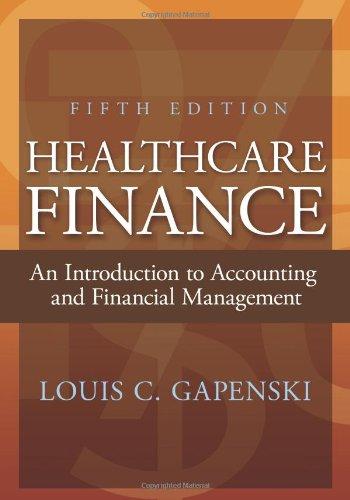1. Find the WACC for Digital Media. The firm has a debt-to-equity ratio of 29.28%. The cost of equity is 14.16% and the after-tax cost of debt is 4.72%. a. 12.02% b. 9.62% c. 10.82% d. 13.23% 2. Which one of the following statements is correct? a. If the IRR exceeds the required return, the profitability index will be less than 1.0. b. The profitability index will be greater than 1.0 when the net present value is negative. c. When the internal rate of return is greater than the required return, the net present value is positive. d. Projects with standard cash flows have multiple internal rates of return. e. If two projects are mutually exclusive, you should select the project with the shortest payback period. 3. Which of the following is NOT an underlying assumption of the Dividend Growth Model of stock valuation? a. Growth is constant b. Dividends are forever c. Dividends are of the same amount d. The discount rate exceeds the growth rate 4. All else constant, which of the following will increase the aftertax cost of debt for a firm? I. increase in the yield to maturity of the firm's outstanding debt II. decrease in the yield to maturity of the firm's outstanding debt III. increase in the firm's tax rate IV. decrease in the firm's tax rate a. I only b. I and III only c. I and IV only d. II and III only e. II and IV only 1. Find the WACC for Digital Media. The firm has a debt-to-equity ratio of 29.28%. The cost of equity is 14.16% and the after-tax cost of debt is 4.72%. a. 12.02% b. 9.62% c. 10.82% d. 13.23% 2. Which one of the following statements is correct? a. If the IRR exceeds the required return, the profitability index will be less than 1.0. b. The profitability index will be greater than 1.0 when the net present value is negative. c. When the internal rate of return is greater than the required return, the net present value is positive. d. Projects with standard cash flows have multiple internal rates of return. e. If two projects are mutually exclusive, you should select the project with the shortest payback period. 3. Which of the following is NOT an underlying assumption of the Dividend Growth Model of stock valuation? a. Growth is constant b. Dividends are forever c. Dividends are of the same amount d. The discount rate exceeds the growth rate 4. All else constant, which of the following will increase the aftertax cost of debt for a firm? I. increase in the yield to maturity of the firm's outstanding debt II. decrease in the yield to maturity of the firm's outstanding debt III. increase in the firm's tax rate IV. decrease in the firm's tax rate a. I only b. I and III only c. I and IV only d. II and III only e. II and IV only










